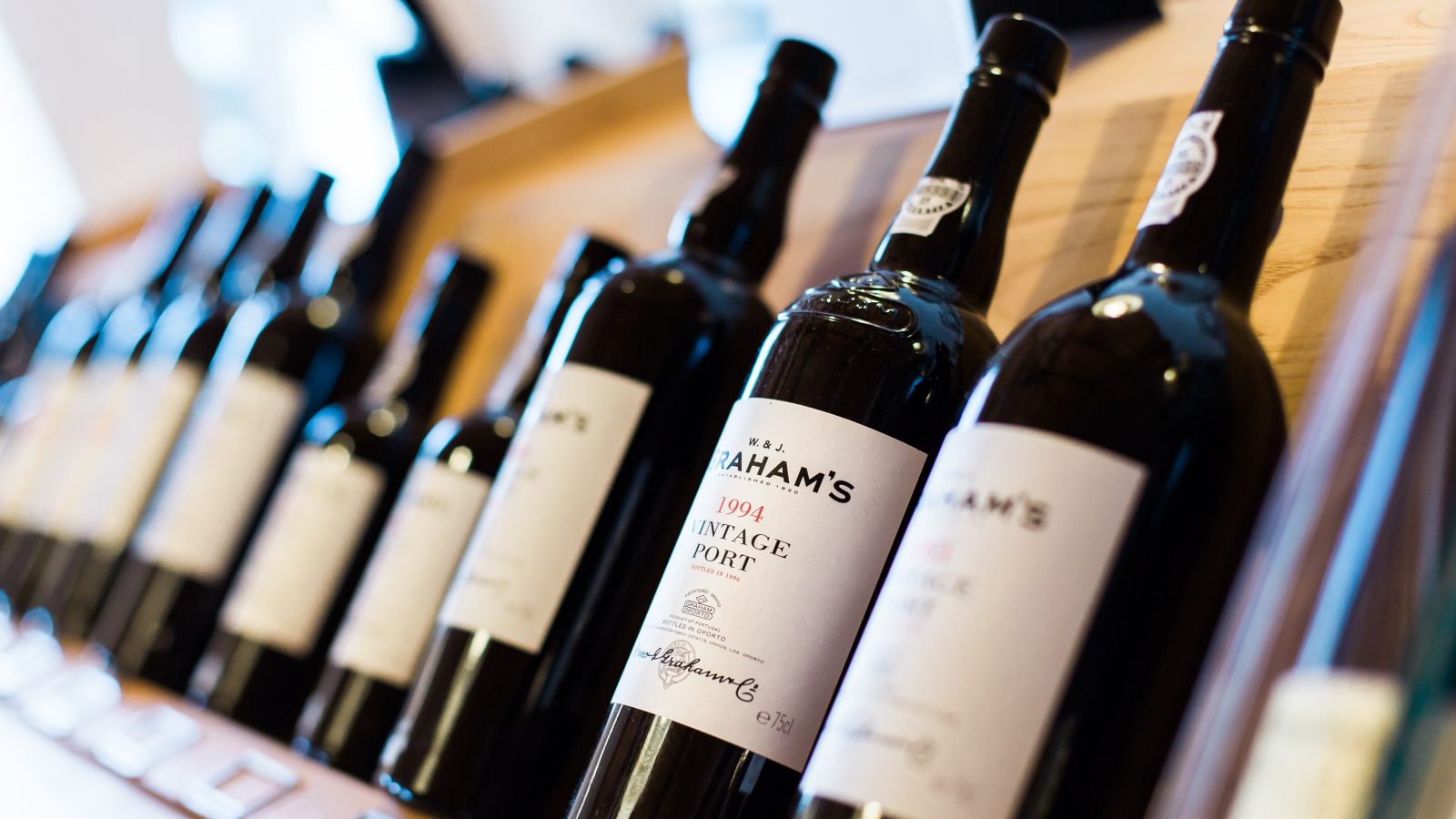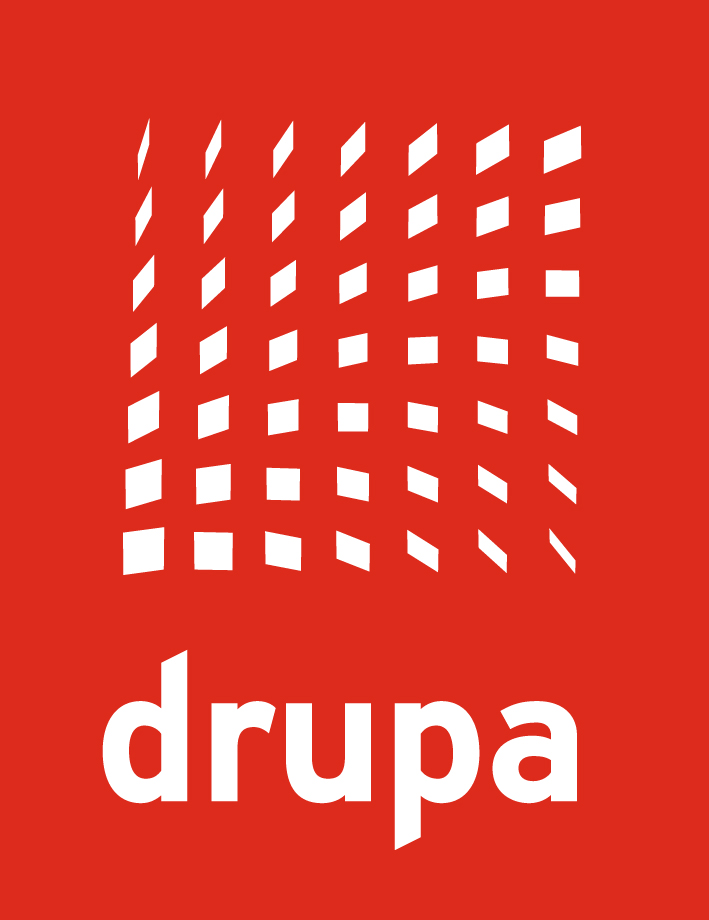Top 5 Next Generation Technologies for Label Printing
Time:2018-06-14 From:

Light Weight Label Formats
Decreasing the weight of product packaging, whether metal, glass or plastic, is a request, which customers and the packaging industry have in common. Labels, although they have not the biggest proportion of course, are contributing at least some extent to the weight of packaging. Therefore, manufacturers are using smaller labels or thinner materials, when printing labels. Latest developments in material science have aided to reduce the volume and weight of label materials, without reducing the strength for handling and especially for the printing progress. A major advantage of thinner materials is, that the manufacturer can use longer rolls, so that here is less downtime to get a new roll and the customers will receive more labels from one roll. Nestle Waters North America for example, reduced the size of their bottle labels by 35 percent, which resulted in an annual saving of nearly 30,000 metric tonnes of plastic and 4,500 tonnes of paper.
Recyclability
Sustainability and recyclability of packaging materials have an increasing importance all over the world. The choice of the materials for labels can play an important role when it comes to the recycling process. For instance, a plastic bottle can become unrecyclable, when the label is not recyclable, too. Accordingly, most reclaimers pre-wash recovered bottles with extremely hot water to remove as much as possible of the label. In the end, the purity of the recovered plastic bottle depends on how easily the adhesive can be removed. A practical example is the Avery Dennison’s CleanFlake, a water-based and therefore fully recyclable adhesive. The innovative design allows removing label and adhesive during the sink-float process completely from the granules, leaving pure PET flakes.
More Automation in Label Printing
The demand for faster and shorter print runs and more flexibility and customisation is rising in the label printing industry. A trending solution is, using more automation processes. Many printers are investing in management information systems (MIS), which use not just special inspection/ colour performance software and technology but also fully automated and finishing line set-up systems. The desired target is to establish a completely automated and streamlined workflow that runs 24 hours per day. These new systems can, for example, utilise the enormous potential of cloud computing and the Internet of Things to connect directly with shipping carriers, receive payment advice and use Wi-Fi for controlling the production process.
Premium Products
Premiumisation is a new process for enhancing the apparent quality of a product by using labels or packaging with an expensive look, without changing the product itself. There are lots of new options for label printers to produce premium labels and in addition to a higher-quality looking design, the printer can use a variety of print effects to give the labels a more expensive appearance. Another way to give products a more premium touch is to use high-quality colours or tactile or haptic effects.
Anti-Counterfeit Solutions
Counterfeited products are not just a problem of the pharmaceuticals industry, but also of other industries such as electronics, spirits and high-end cosmetics. Newest studies estimate that it affects 5 to 7 percent of global trade. Additional problems for manufacturers and customers are caused by product tampering and theft during the shipment. A variety of security features for packaging labels were introduced by manufacturers and despatch companies over the last years. These methods include special glues to make the labels harder to be removed and clever integrated designs. New measures are continuously created as counterfeiters are more and more innovative, as well. The fine wine and spirits industry, for example, is trying to use labels with integrated QR codes, to allow the customer to verify the authenticity of the bought product.

